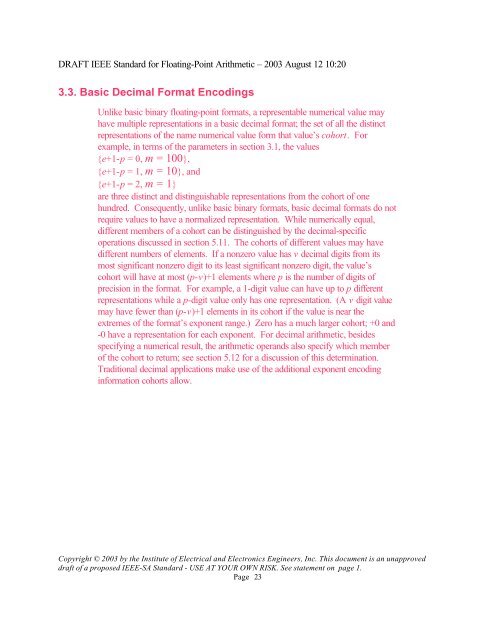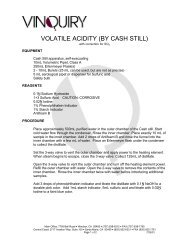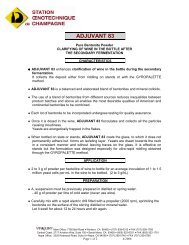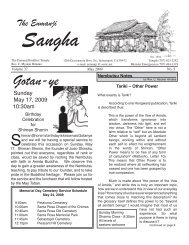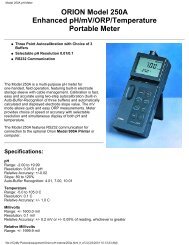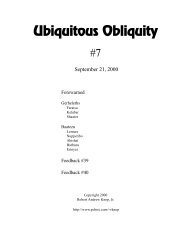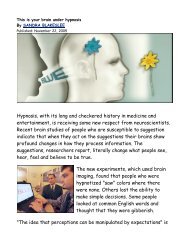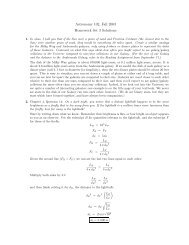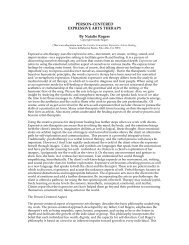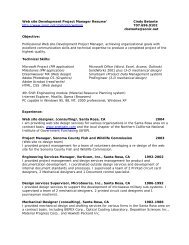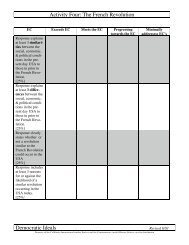DRAFT IEEE Standard for Binary Floating-Point Arithmetic - Sonic.net
DRAFT IEEE Standard for Binary Floating-Point Arithmetic - Sonic.net
DRAFT IEEE Standard for Binary Floating-Point Arithmetic - Sonic.net
You also want an ePaper? Increase the reach of your titles
YUMPU automatically turns print PDFs into web optimized ePapers that Google loves.
<strong>DRAFT</strong> <strong>IEEE</strong> <strong>Standard</strong> <strong>for</strong> <strong>Floating</strong>-<strong>Point</strong> <strong>Arithmetic</strong> – 2003 August 12 10:20<br />
3.3. Basic Decimal Format Encodings<br />
Unlike basic binary floating-point <strong>for</strong>mats, a representable numerical value may<br />
have multiple representations in a basic decimal <strong>for</strong>mat; the set of all the distinct<br />
representations of the name numerical value <strong>for</strong>m that value’s cohort. For<br />
example, in terms of the parameters in section 3.1, the values<br />
{e+1-p = 0, m = 100},<br />
{e+1-p = 1, m = 10}, and<br />
{e+1-p = 2, m = 1}<br />
are three distinct and distinguishable representations from the cohort of one<br />
hundred. Consequently, unlike basic binary <strong>for</strong>mats, basic decimal <strong>for</strong>mats do not<br />
require values to have a normalized representation. While numerically equal,<br />
different members of a cohort can be distinguished by the decimal-specific<br />
operations discussed in section 5.11. The cohorts of different values may have<br />
different numbers of elements. If a nonzero value has v decimal digits from its<br />
most significant nonzero digit to its least significant nonzero digit, the value’s<br />
cohort will have at most (p-v)+1 elements where p is the number of digits of<br />
precision in the <strong>for</strong>mat. For example, a 1-digit value can have up to p different<br />
representations while a p-digit value only has one representation. (A v digit value<br />
may have fewer than (p-v)+1 elements in its cohort if the value is near the<br />
extremes of the <strong>for</strong>mat’s exponent range.) Zero has a much larger cohort; +0 and<br />
-0 have a representation <strong>for</strong> each exponent. For decimal arithmetic, besides<br />
specifying a numerical result, the arithmetic operands also specify which member<br />
of the cohort to return; see section 5.12 <strong>for</strong> a discussion of this determination.<br />
Traditional decimal applications make use of the additional exponent encoding<br />
in<strong>for</strong>mation cohorts allow.<br />
Copyright © 2003 by the Institute of Electrical and Electronics Engineers, Inc. This document is an unapproved<br />
draft of a proposed <strong>IEEE</strong>-SA <strong>Standard</strong> - USE AT YOUR OWN RISK. See statement on page 1.<br />
Page 23


